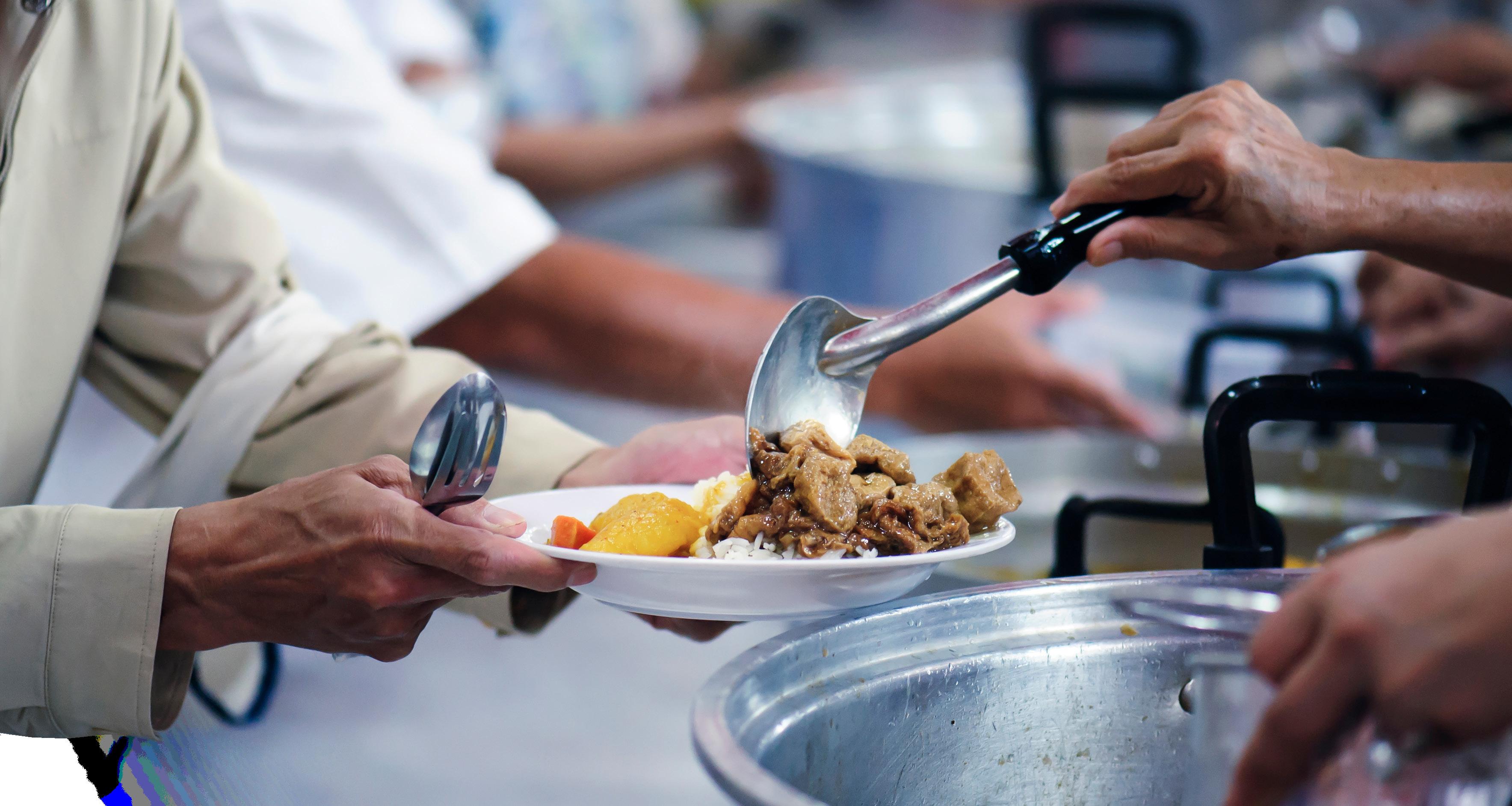
4 minute read
Food insecurity in youth increases risk
A new study shows that young adults who are worried about access to food are more likely to develop diabetes within the next decade, writes JESSICA WEISS.
We’ve long known that your socio-economic status — in short, how much money you do or don’t have — is a reliable predictor of your diabetes risk. While past studies have linked food insecurity — being without access to a steady supply of nutritious food — with a range of health issues including diabetes, obesity and hypertension, a new study has now proved a direct causal relationship over time. The Washington State University study, published in May 2022, tracked 4000 young people between the ages of 24 and 32 and checked in on them again 10 years later. They found that adults who said they had been worried about food running out in the past year at ages 24-32 demonstrated higher rates of diabetes a decade on, compared to those who did not report food insecurity issues. While the study couldn’t identify the exact reason for this link, previous research has shown that households that experience food insecurity often have diets with lower nutritional values. Eating well and following the dietary guidelines can require more money and more time, making it a luxury for many families. Additionally, those living in lower socio-economic areas may find themselves too far away from sources of cheaper healthier food. The study’s author, Assistant Professor Cassandra Nguyen said households experiencing food insecurity can find themselves caught in a negative feedback loop. Food insecurity leads to a poor diet, which leads to disease risk, which creates additional health care expenses, which puts the household under further economic stress, which deepens food insecurity. And so on. While the study did not take into account differences in diabetes risk for people of culturally and linguistically diverse backgrounds, the authors did note that the sample may have been too small to identify any pattern among specific cultural groups. In the US, there is evidence that interventions designed to either supplement diets or educate people about good nutrition have been effective in improving health and lowering the risk of health issues such as diabetes. Linking these successful interventions with strategies to identify and address food insecurity in at risk groups is a crucial next step – with lessons to be learned closer to home. Although levels of food insecurity are not currently measured in Australia, estimates suggest that between 4% and 13% of the general population are food insecure. Aboriginal Australians are at far greater risk, with food insecurity believed to affect between 22% and 32% of the Indigenous population, depending on location. Other Australians known to be more at risk of food insecurity include low-income earners, people who are socially or geographically isolated, culturally and linguistically diverse groups, single-parent households, older people and people experiencing homelessness. Strategies employed here to combat food insecurity include policy interventions, local level collaborations, emergency food relief initiatives, school-based programs and education. Child, family and community welfare organisations all have a role to play in identifying families that may be experiencing food insecurity and linking them with available support. As in the US, the most important first step is finding people and groups who might be at risk. Screening for food insecurity can be quick, discreet and easily built into existing intake or assessment processes. Doing so also allows child, family and community welfare practitioners to identify potential specific food security requirements relative to other needs being assessed and to use this information in providing or linking to the help people need.
Advertisement











